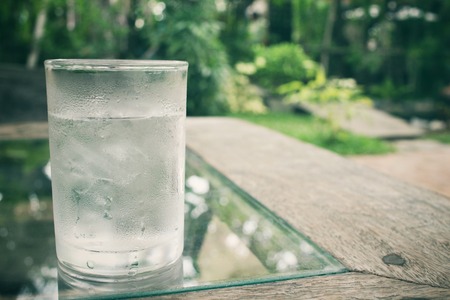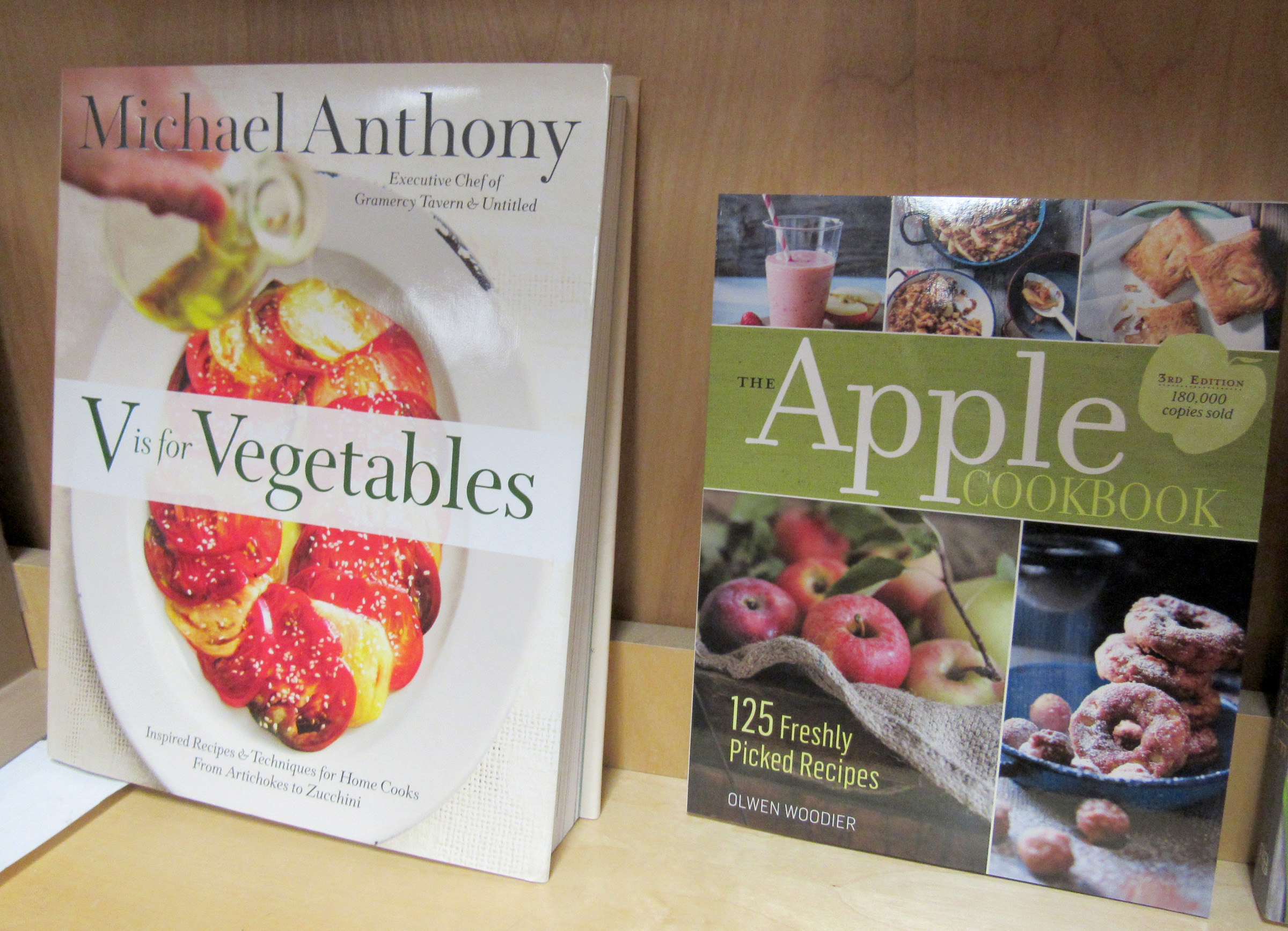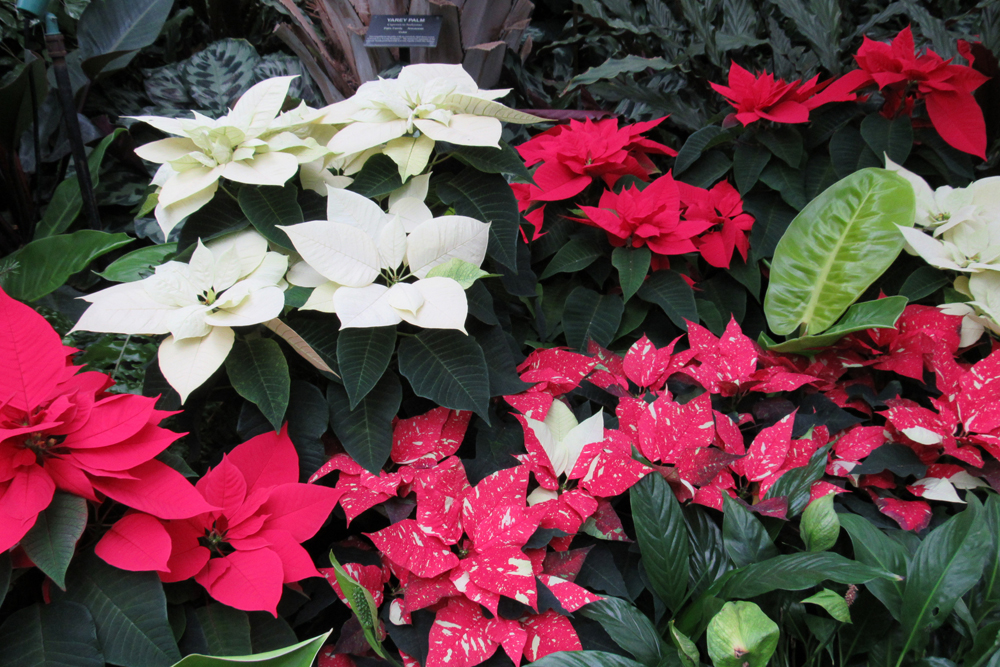Growing herbs for tea
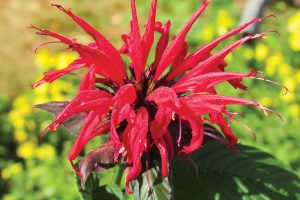
Herbs are fun to grow and can add beauty, functionality and interest to your garden. For centuries people have grown herbs for making their own tea. Chamomile, sage, lemon verbena, comfrey, scented geraniums and mints all work well for making tea, as do rose hips (although technically not an herb).
If you’re not already growing herbs that can be used as teas, pick a site in your yard that gets ample sun – at least four to six hours each day – and also drains well. With the exception of mint, which tolerates wet feet, herbs prefer drier areas. This makes them great candidates for raised beds, containers and even window boxes. If planting in the ground, add your own compost or compost purchased from a reputable garden center, and mix with existing soil to a depth of at least one foot.
Keep in mind that herbs can be aggressive growers. Mints, for example, can take over an entire garden very quickly. Consider planting in containers or deep, bottomless buckets set in the ground. Other plants, like lemon verbena, may not be winter hardy and will need to be replanted annually or grown in containers.
According to the University of Vermont Extension, teas can be made from fresh-cut or air-dried leaves and flower heads of herbs. For peak freshness, harvest herbs early in the morning on a sunny day after the dew has evaporated. Use a sharp knife and make 45-degree angle cuts, snipping close to a fork in the plant if possible. Refraining from cutting back farther than the second set of leaves will encourage the plant to branch out.
It is very important to choose healthy looking leaves and flowers, and never harvest any plant material that has been treated with chemical pesticides, herbicides or fertilizers.
You can use leaves and flowers fresh or dry herbs for use in tea throughout the year. There are many ways to dry herbs. Tie bunches of herbs with string and slip a brown paper bag over the clump to protect from dust and to catch any falling seeds or plant material. Cut ventilation slits in the sides of the bag with a sharp knife and hang upside down in a well-ventilated area that stays warm and dark. Herbs can also be dried on a screen or in the microwave or conventional oven. For screen drying, remove flower heads or leaves from stems and place in a thin layer on the screen. Allow to dry in a dark, warm area. For microwave drying, place herbs on a paper towel and microwave on low for 60 seconds. Dry for one minute intervals until herbs are almost dry and then allow to air dry another 24 to 48 hours before storage. In a conventional oven, spread flowers and foliage on cookie sheets and “bake” at the lowest possible temperature for several hours with the oven door open. Stir occasionally and let dry before placing in jars.
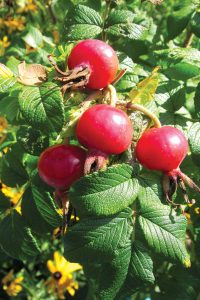
Herbs are ready for storage when leaves are dry and crackly. Crumble in your hands or a food processor and store in airtight, labeled jars away from direct sunlight for up to a year.
To make tea, boil water and use one tablespoon of fresh herbs or one teaspoon of dried herbs for each cup of water. Place leaves in a tea ball or in a teapot, pour in boiling water, cover and steep for three to 10 minutes. Strain and serve. Add honey, sugar and lemon to taste. Have fun experimenting with various tea blends and steeping times, or mixing your herbal teas with other beverages.
Here are some suggestions for herbs for tea:
•Anise hyssop – leaves
•Basil – leaves
•Bergamot (beebalm) – leaves/flowers
•Chamomile – flowers
•Lavender – flowers
•Lemon balm – leaves
•Mint- leaves
•Lemon verbena – leaves
•Roses – hips and and flower petals – Rosa Rugosa is best. Rose hip tea is a great source of vitamin C and has a tart, lemon-orange flavor. Cut slits in plump hips to speed drying and crush slightly before brewing tea.



